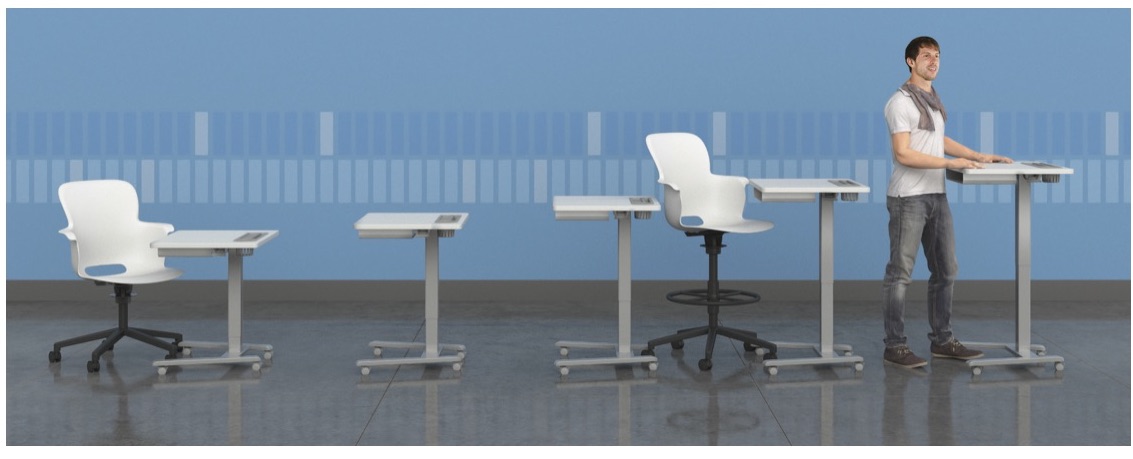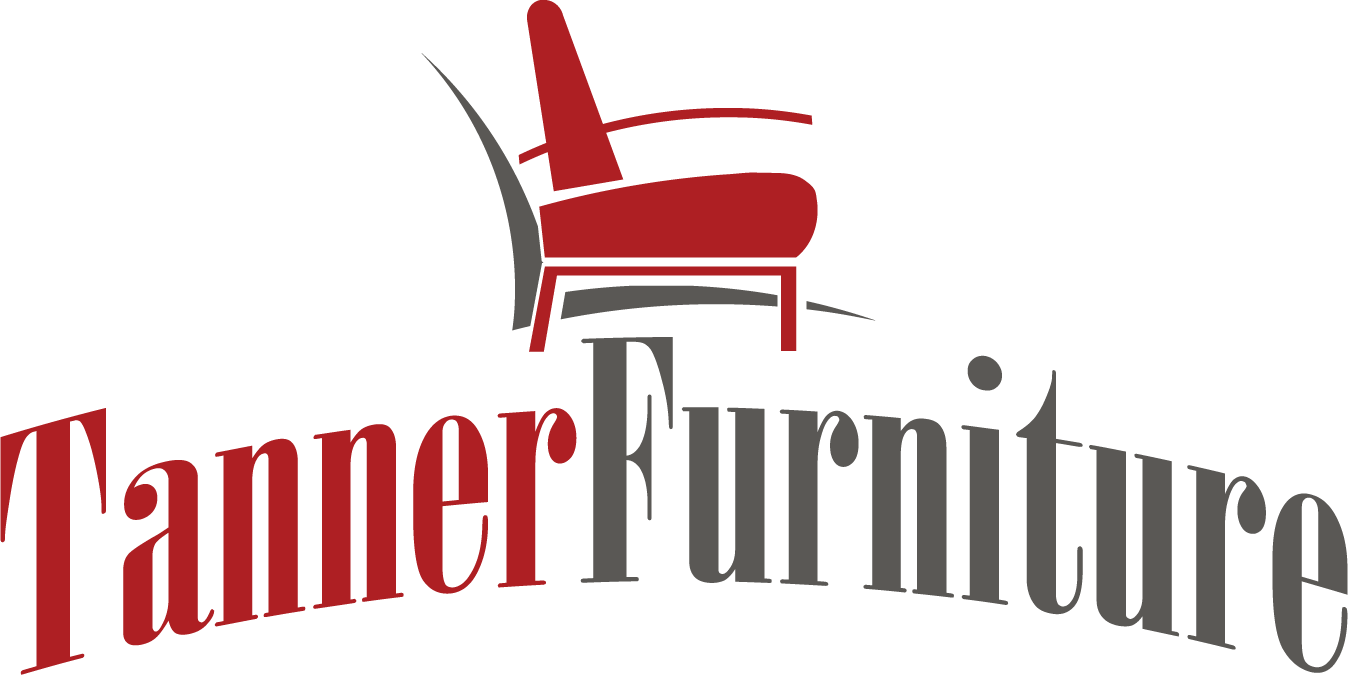Ergonomics is defined as the science of fitting a workplace to the user’s needs, it aims to increase efficiency and productivity, as well as reduce discomfort. Ergonomics is about designing for people, and it is an important aspect to consider in your workplace, whether that be at home or in an office.
Ergonomics can help prevent any work injuries you may experience while typing, sitting at an awkward angle at your desk, or by draining your eyes from staring at a screen all day by putting emphasis on proper posture. This will help reduce the impact of repetitive movements while working.

All the complex technology and tools you use are constantly changing and improving, which increases the need for ergonomics. Whether you are working at home or in your office, your desks, chairs, lighting and technology needs to be assessed while you are creating a workspace. Office furniture has traditionally caused stiff and fixed posture that allows you little to no movement. That is why the balance of sitting and standing and encouraging movement throughout the day is so important.
Height adjustable desks are the perfect solution to stray far from the stiff desk setup you may be used to. This is a great way to combat the effects of desk-bound and inactive workplace behavior.
- Having your monitor at an arm’s length away helps with not draining your eyes and leaving work with a headache
- Placing your feet flat on the floor in a chair that supports your spinal curves will prevent any stiffness in your back or neck at the end of the day.
- Sitting at a desk that is adjustable will allow you to stretch your back, legs and neck more frequently than you may with a traditional desk.
It’s important to add adjustable work tools that will promote daily movement and physical activity to prevent the stiffness and aches and pains you experience from sitting at a non-adjustable desk all day.




























